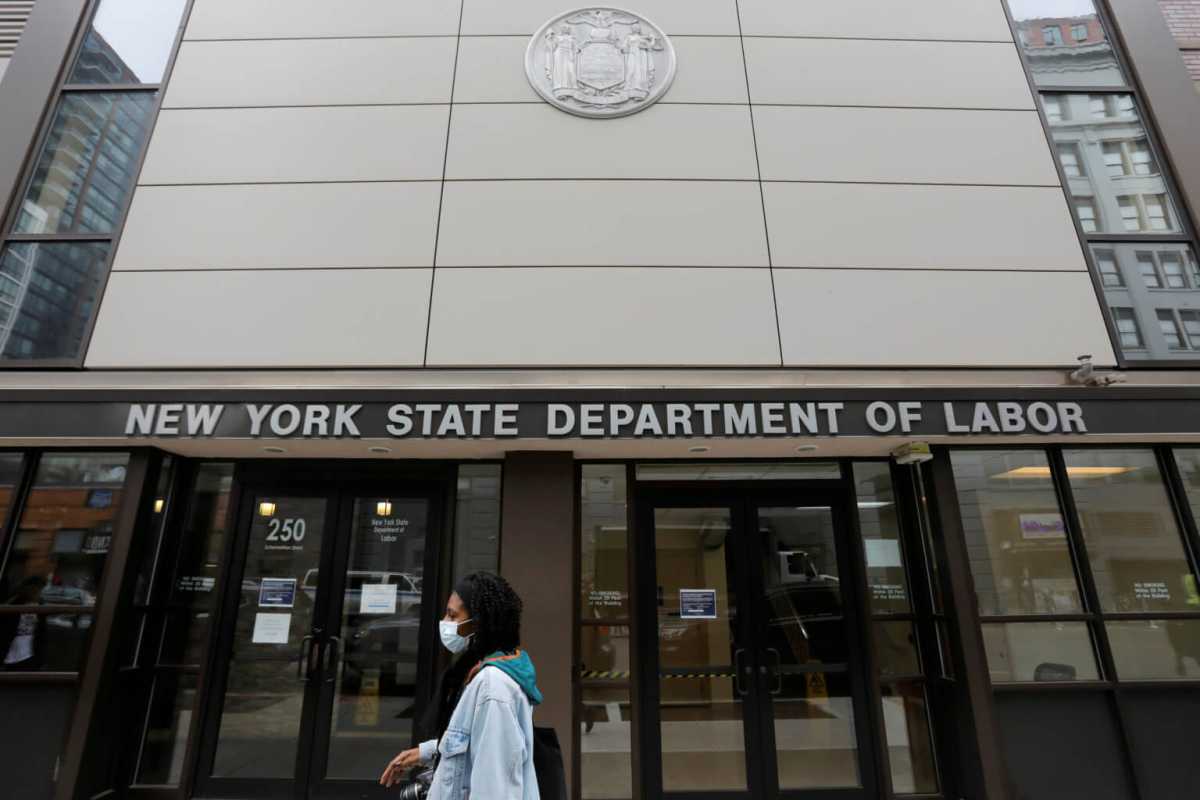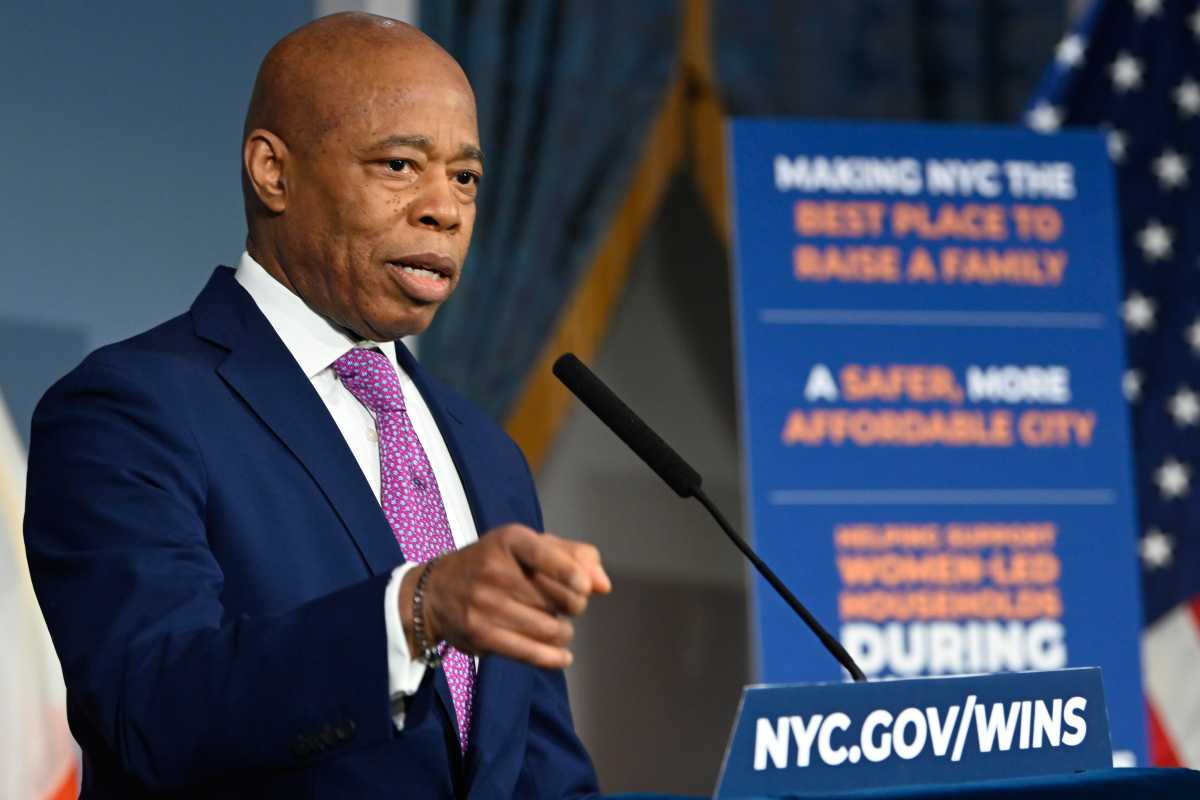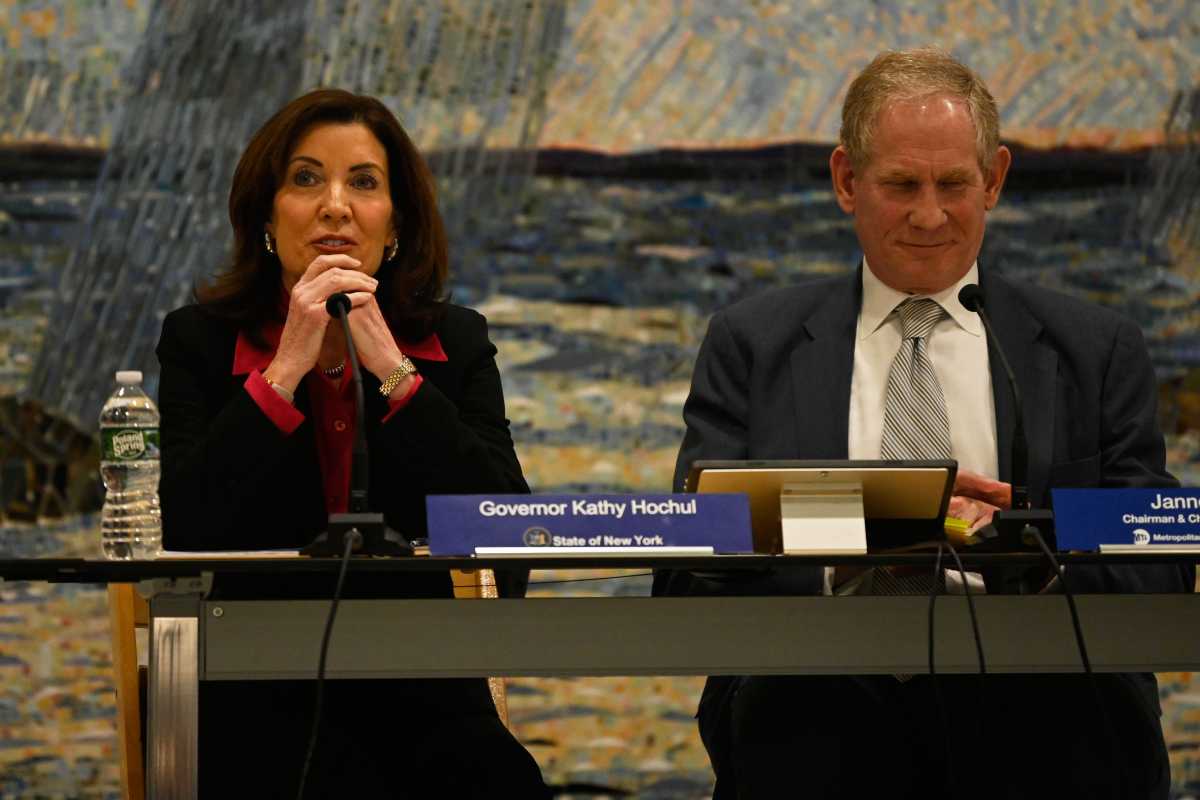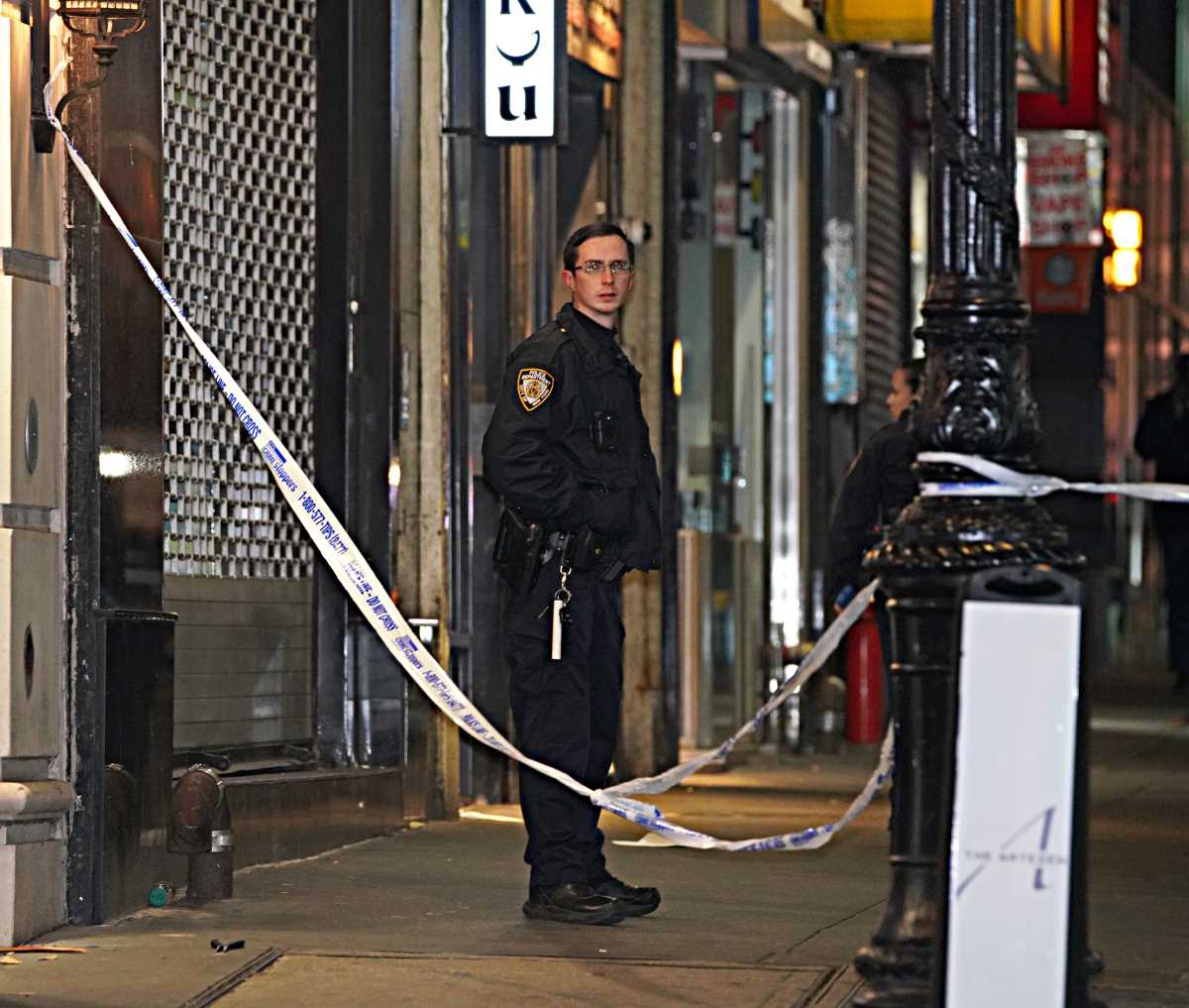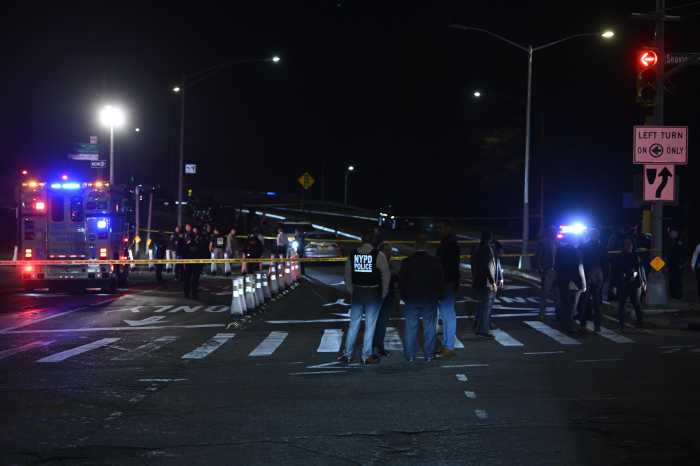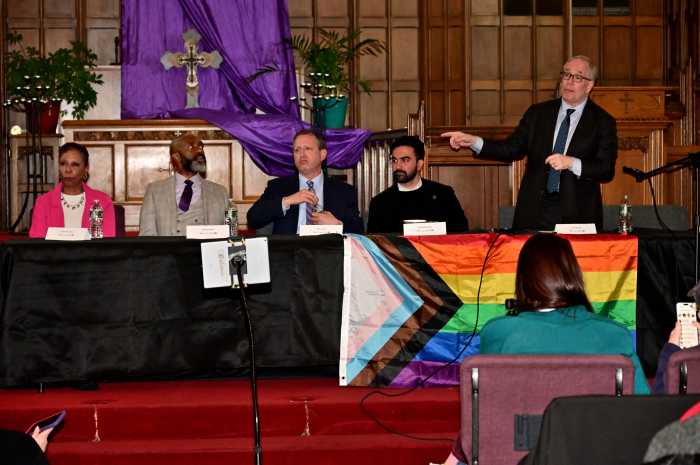Historically, the Bronx’s unemployment and the poverty rates have been the highest of New York state’s 62 counties. Despite the promise of an economic bounceback from the COVID-19 pandemic, the borough enters 2023 in an all-too-familiar position: the state’s most impoverished and unemployed county.
Findings from two separate reports by state Comptroller Thomas DiNapoli this month found that the borough has the highest poverty rate in the state at around 24%, and the local unemployment rate in November was 7.2%, which is the highest of the Excelsior State’s 62 counties.
DiNapoli’s office also found that minorities are twice as likely than white New Yorkers to struggle financially. The South Bronx — comprised of 98% Black and Latino families according to census data — is one of the most poverty-stricken and job-needy districts in the U.S., where more than 40% of the region’s children live in poverty.
“The city must take steps to strengthen career opportunities for young job seekers or the city’s economic recovery will be stifled even further,” DiNapoli said. “The recovery is much slower for young workers in New York City when compared to the rest of the state and the country and has had a particularly profound impact on young people of color and young men.”
Since the height of the COVID-19 pandemic, youth unemployment in the city has yet to rebound as it has nationally and throughout the state. Entering the new year, Bronx social workers and workforce developers are hoping to uncover pathways for Bronxites through college and career readiness programs and focus on GED opportunities.
Youth unemployment — 16-to-24-year-olds — in NYC stands at nearly 18%, with unemployment among young men hovering around 24%, a total that dwarfs the city’s rate of 5.6%.
Unemployment rates among young adults also runs along racial lines, with young Black adults (18.5%), Hispanic and Asian (both 23.3%) workers in the city at higher rates than their white (16.2%) counterparts.
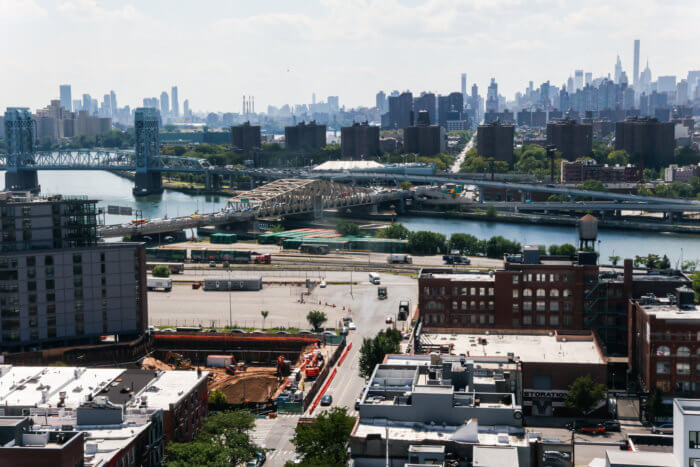
A hurdle for graduating students during the pandemic has been a pool of internship placements, summer jobs and other resources that have either ended or were eliminated from many schools.
DREAM Charter Schools, a network of pre-K through 12 public charter schools, and community sports-based youth development programs are prioritizing college and career readiness programs in the South Bronx.
DREAM programs such as “Close the Gap” grants students accepted into 4-year schools an option to apply and receive up to $8,000 per year to help offset loans and family debt.
DREAM also eyed employment pathways in staffing-needy industries, such as teaching, with their teaching fellowship program — a 12-month opportunity for former graduates and part-time staff to become teachers in East Harlem and the South Bronx.
In addition to in-house career pathways, DREAM is linking their alumni and students with employers like Major League Baseball, Mount Sinai and Bank of America, in an effort to connect diverse young people with a pipeline of paid internships and corporate leadership programs.
According to Eve Colavito, DREAM Charter School co-chief executive officer, DREAM’s student body is majority-Black and brown, with 90% coming from low-income backgrounds.
Colavito hopes these programs can help balance the disproportionate access to opportunities — jobs, promotions and other forms of advancement — available to certain communities that have afflicted job-seeking women and people of color.
“The reality is the playing field is not level today,” said Colavito. “I think for us to assume that those opportunities become available without the access we’re providing at DREAM, is a myth.”
Earlier this month, BronxWorks launched programming aimed at helping residents attain a GED, a pathway for those who have not finished high school that can not only help with wage-earning potential, but also secure public benefits and housing assistance.
Held on Saturdays, these GED classes provide job-seeking Bronxites with courses in reading, math, science and social studies to support their future goals, including higher education or employment pathways, said ShaQuanna Cody-McGrew, BronxWorks program director for youth workforce programs.
In the new year, a Queens-based workforce program is expanding to the Bronx, with a focus on workforce pathways for young NYCHA residents in temporary housing, foster care or experiencing homelessness.
The Advance and Earn Program, which is funded by the New York City Department of Youth and Community Development, will be offered out of Per Scholas’ headquarters in Port Morris in February.
Reach Robbie Sequeira at rsequeira@schnepsmedia.com or (718) 260-4599. For more coverage, follow us on Twitter, Facebook and Instagram @bronxtimes

